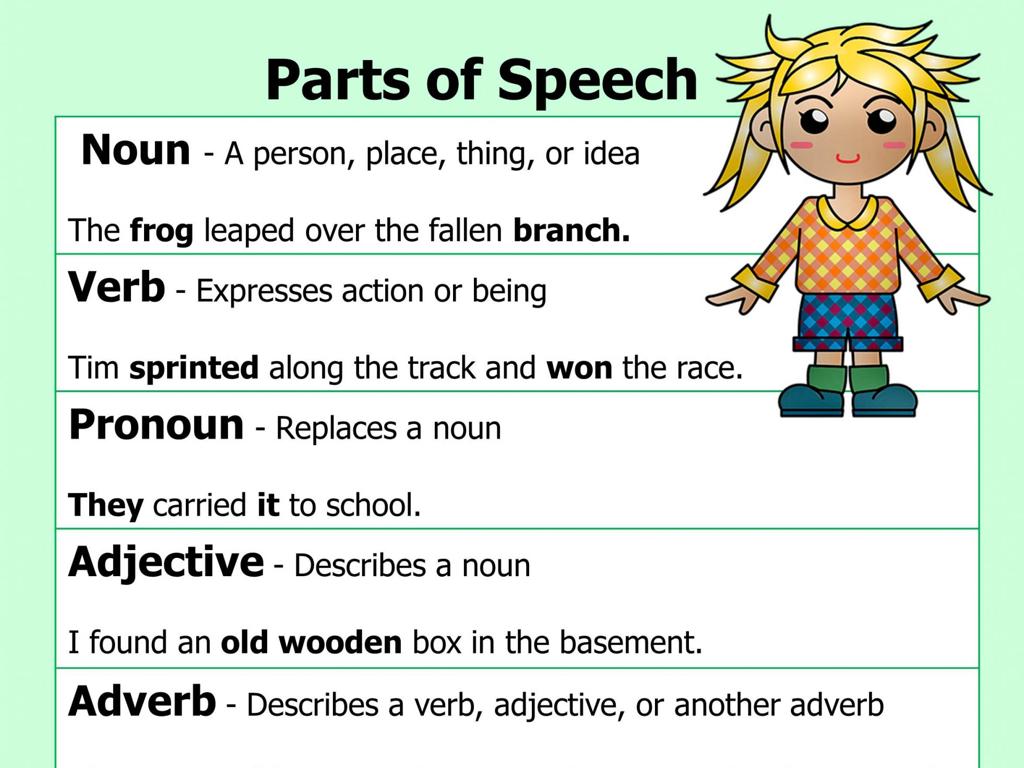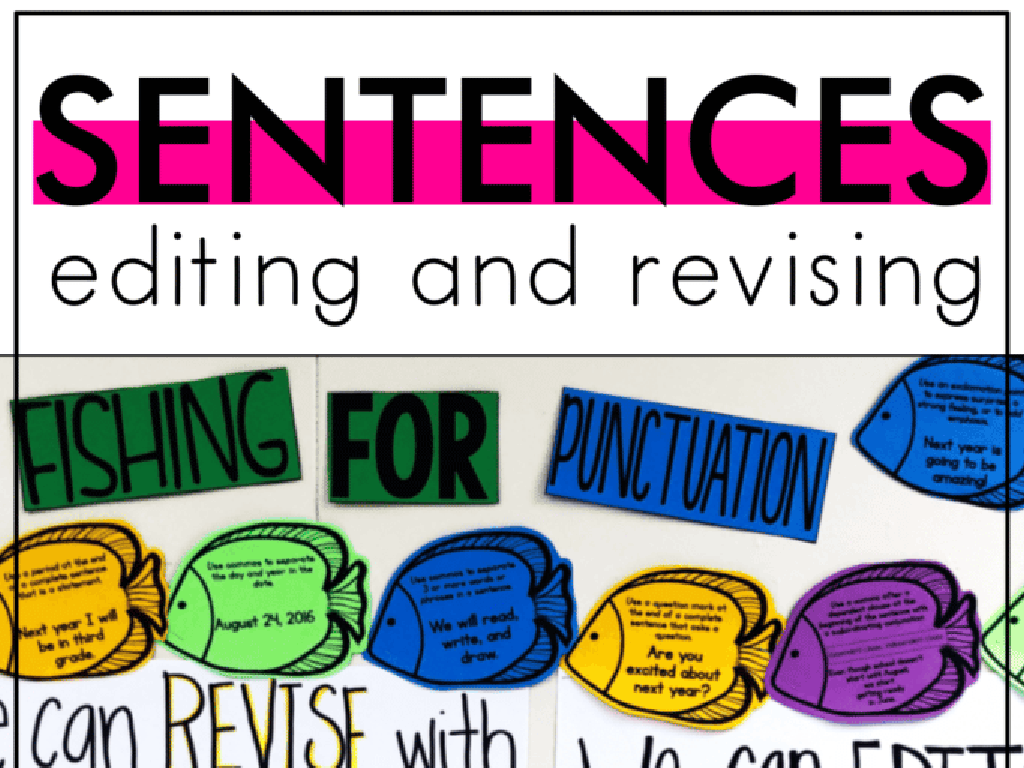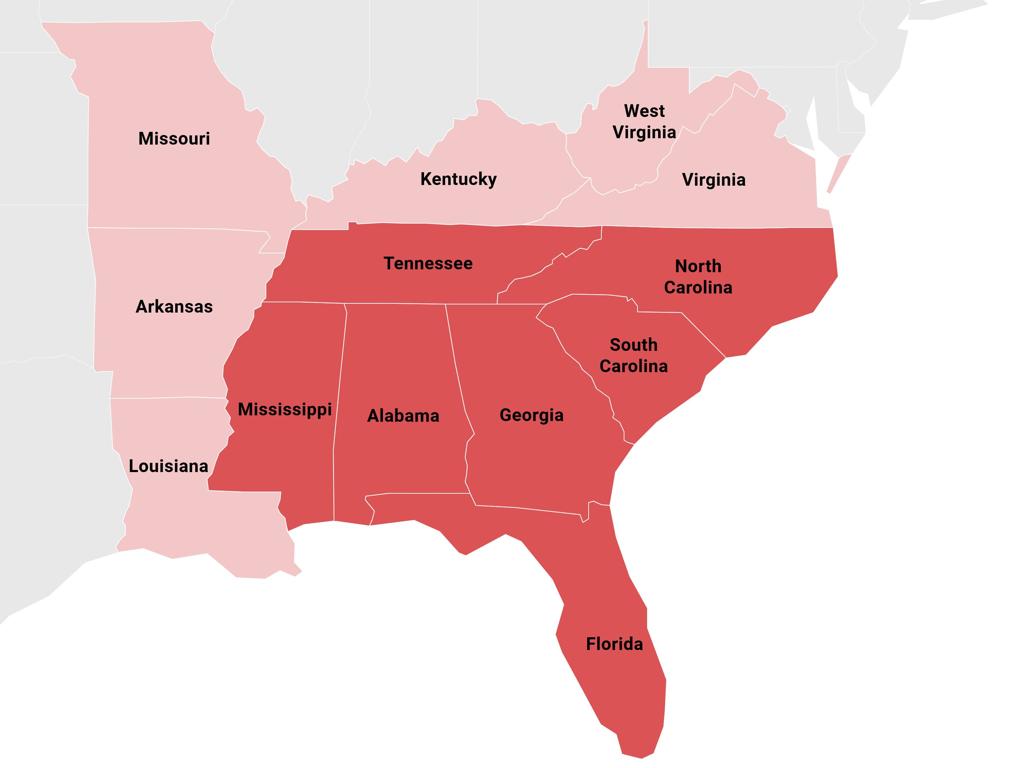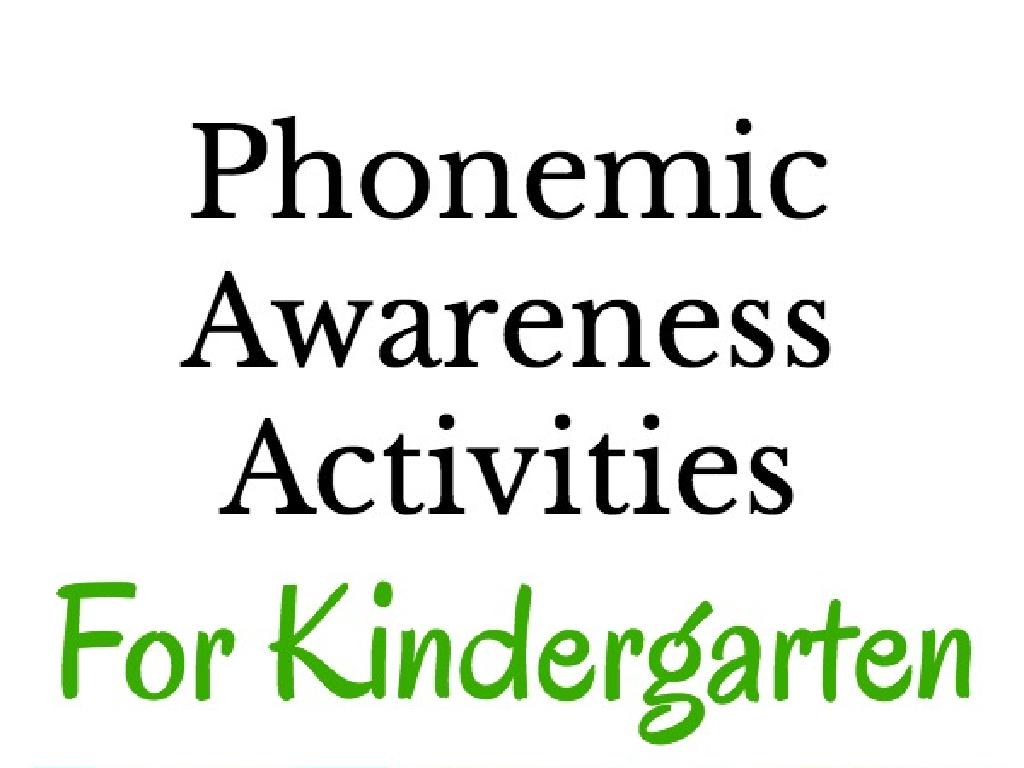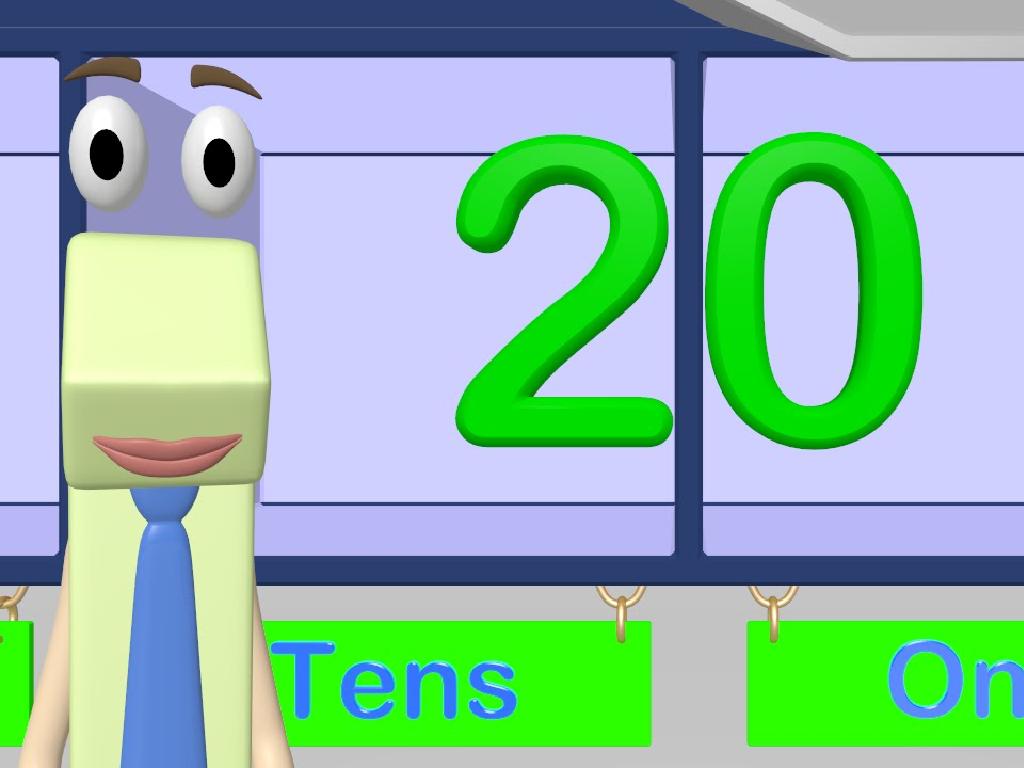Match Analog And Digital Clocks
Subject: Math
Grade: Kindergarten
Topic: Time
Please LOG IN to download the presentation. Access is available to registered users only.
View More Content
Welcome to Time: Learning About Clocks
– Greet the day and get ready for fun
– Today’s topic: Learning about clocks!
– Discover two types of clocks
– Analog clocks have a round face and hands, digital clocks use numbers to show time
– Analog clocks have hands, digital show numbers
– Analog: A big hand and a little hand, Digital: Numbers like on a phone or microwave
|
Begin the class with a cheerful greeting to set a positive tone. Introduce the concept of time and explain that we use clocks to know what time it is. Highlight that there are two main types of clocks analog and digital. Show them an example of each type of clock. For analog clocks, explain the ‘big hand’ and ‘little hand’ and how they represent minutes and hours, respectively. For digital clocks, point out how the time is displayed in numbers, which can be easier to read. Use visual aids like pictures or actual clocks to help students differentiate between the two. Encourage the children to share what type of clocks they have seen or used at home.
Learning About Time
– Time organizes our day
– Time tells us when to do daily activities like waking up or going to school.
– Time indicates event moments
– It helps us remember when things will happen, like a birthday party.
– Clocks measure time
– We use different kinds of clocks to see what time it is.
– Analog and digital clocks
– There are clocks with hands (analog) and clocks with numbers (digital).
|
This slide introduces the concept of time to Kindergarten students. Begin by explaining that time is a way to know when different parts of the day happen, like when to wake up, go to school, or go to bed. Emphasize that time helps us organize when events in our lives occur. Show them different clocks and explain that these are tools we use to measure time. Introduce the two types of clocks: analog, which have moving hands, and digital, which show numbers. Use simple language and examples they can relate to, such as their daily routine. Encourage them to think of times when they have to do something important, like going to a friend’s party or starting a favorite TV show.
Learning About Analog Clocks
– Analog clocks have moving hands
– Short hand tells the hour
– The short hand points to the number of the hour
– Long hand shows the minutes
– The long hand goes around the clock to count minutes
– Watch the hands move!
|
This slide introduces kindergarteners to the basics of reading an analog clock. Start by explaining that analog clocks have hands that move to tell us the time. Point out the two different hands on the clock and explain their purposes: the short hand for hours and the long hand for minutes. Use a real clock or a teaching clock to demonstrate how the hands move. As you show them the movement, emphasize that the short hand moves slowly from one hour to the next, while the long hand moves faster to count the minutes. Encourage the children to observe the movement of the hands and ask them to identify where the hands are pointing. This visual and interactive approach will help them understand how to read time on an analog clock.
Learning Time: Digital Clocks
– Digital clocks use numbers
– Hours and minutes displayed
– Compare with analog clocks
– How are the numbers different from clock hands?
– Recognize time on digital
– Look at the numbers, what time do they say?
|
This slide introduces digital clocks to Kindergarten students, emphasizing the use of numbers to tell time. Explain that, like analog clocks, digital clocks also display hours and minutes, but in a different way. Use visual aids to show the difference between digital and analog clocks, pointing out the absence of clock hands and the presence of numerical display. Encourage students to observe and compare both types of clocks. For an activity, provide various times on digital clocks and ask students to match them with analog clocks, reinforcing their understanding of time-telling in a fun, interactive way. Prepare to assist students in recognizing and reading the numbers on digital clocks and understanding the concept of hours and minutes.
Matching Time: Analog and Digital Clocks
– Time shown on both clock types
– Match analog to digital clocks
– Look at the short & long hands and numbers
– Practice with examples
– Example: If analog shows 3:00, digital is 3:00
– Fun matching activities
– We’ll use games to learn matching times
|
This slide introduces the concept of matching times on analog and digital clocks to Kindergarten students. Emphasize that both types of clocks can show the same time, even though they look different. Use simple language to explain how to read the hour and minute hands on an analog clock and how to find the same time on a digital clock. Provide clear examples, such as showing 3:00 on both types of clocks and explaining the matching process. Incorporate interactive activities and games to make the learning process enjoyable and engaging. During the next class, have a hands-on session where students can practice matching times with physical clocks or interactive software.
Activity Time: Clock Matching Game!
– Let’s match analog to digital clocks
– We’re playing a fun matching game
– Look at the analog clock
– Remember, the short hand shows the hour
– Find the same time on a digital clock
– The numbers are the same, just displayed differently
|
This activity is designed to help Kindergarten students understand the concept of time by matching analog clocks to their digital counterparts. Set up stations with pairs of analog and digital clocks showing the same time. Encourage the students to observe the position of the hands on the analog clock and then find the matching digital clock. Explain that the short hand points to the hour on an analog clock, and the long hand points to the minutes. For digital clocks, show them how the hours and minutes are displayed with numbers. Have several rounds of the game, each time with different clock pairs, to reinforce their learning. Offer stickers or small rewards for correct matches to keep the activity engaging.
Review and Goodbye: Time Well Spent!
– Excellent work with clock matching!
– Clocks keep us on time
– Analog and digital clocks both tell time
– Time to say goodbye for now
– Excited for our next time adventure!
– We’ll learn more fun time-telling skills soon
|
Today’s lesson was focused on helping students match analog and digital clocks, a fundamental skill in understanding time. Reinforce the importance of clocks and how they help us organize our day. As we conclude, praise the students for their effort and participation. Let them know that understanding time is an ongoing journey and that there will be more exciting activities in the next session. Encourage them to observe clocks at home and share their observations next time. Prepare a variety of time-telling activities for the next class to cater to different learning styles and keep the subject engaging.

